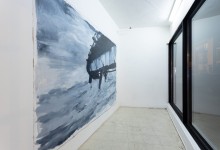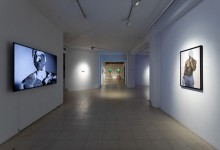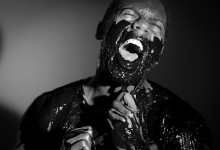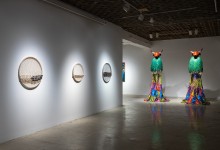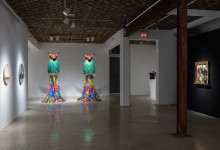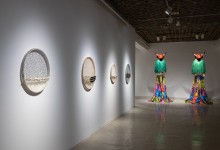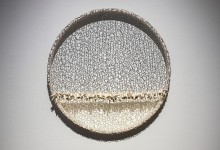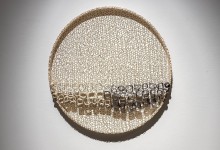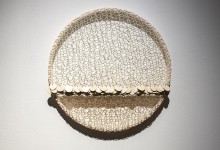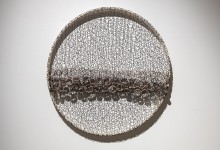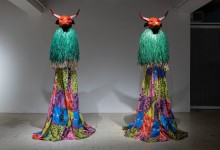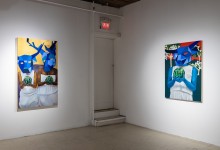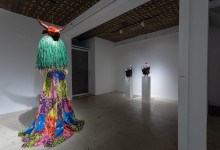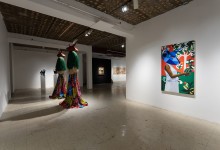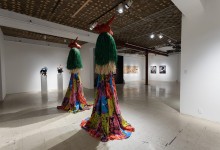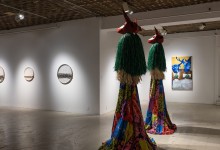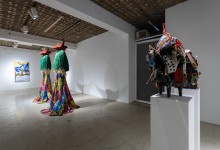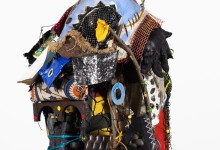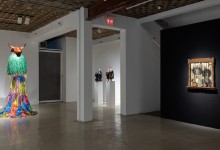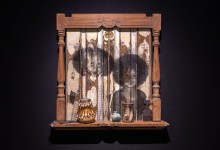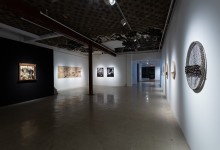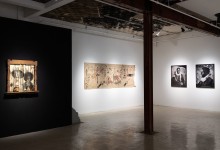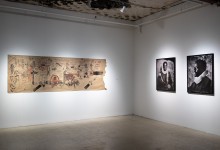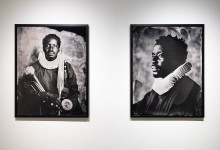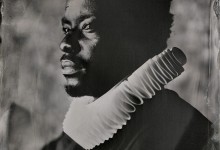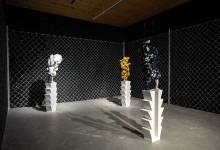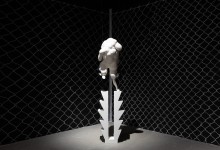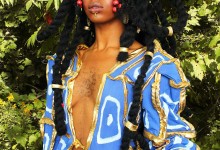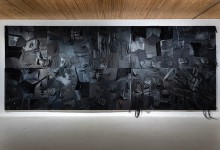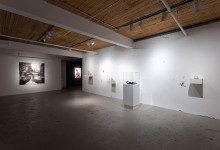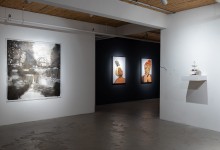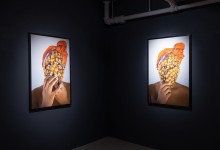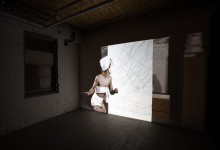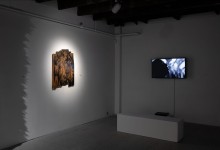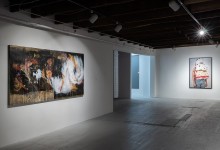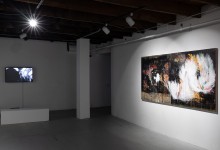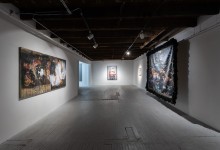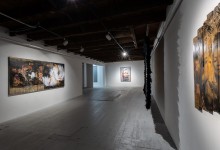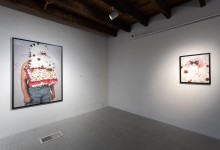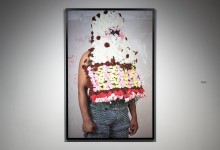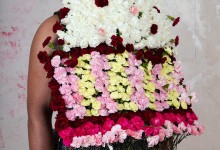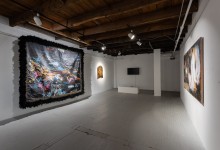Opening reception: Saturday, September 11, 2021 from 2 p.m. to 5 p.m.
Bossale World
Af-Flux – Transnational Black Biennial
Artists: Anthony Akinbola, Cécilia Bracmort, Esther Calixte-Béa, Jeanette Ehlers, Shanequa Gay, Amartey Golding, Marie José Gustave, Jérôme Havre, Masimba Hwati, Sharon Norwood, Marielle Plaisir, Michaëlle Sergile, Nyugen E. Smith, Shanna Strauss, Philippe Thomarel
Curator: Eddy Firmin
www.affluxbiennale.org
Text by Eddy Firmin
Translation by Noémie Chevalier
This fall, in Quebec and more specifically on the unceded Indigenous territory of Tiohtià:ke/Montreal, Af-flux, Transnational Black Biennial, is premiering. This invitation for dialogue is issued from one of the world’s most cosmopolitan and multilingual urban centers. In this Quebec city, over one in three residents is an immigrant, visible minorities represent one third of the population and one in ten people is black.
In perfect adequacy with its location, this biennial questions the contribution of the multiple black communities to the contemporary art scene. Solicited occasionally or individually, these frequently instrumentalized voices now have their own biennial. Nevertheless, in a globalized world pushing to identity withdrawal, using the words “black” and “transnational” to qualify an event is as much an act of defiance as of openness.
Almost a century after the “negritude” movement, which Aimée Césaire defined as “the simple recognition of being black”, even today, using the word “Black” right from the header brings back a form of discomfort. As a matter of fact, it conveys in an immediate way the complexity of history as well as the persistence of prejudices.
However, being “black” cannot designate an identity, a community, a precise diaspora, and even less a culture. The black body participates in one of the earliest transnational experiences of our globalized world; what W.E.B. Du Bois calls the “double consciousness” and what Walter Mignolo calls the “Im-migrant” (in translation the “I’m-migrant”); that is to say, an “I “ that defines itself by the passage from one world to another and not only in relation to the territory of birth. Thus, it is built, out of Africa, on the various grounds of the West, singular and rich experiences. Af-flux Transnational Black Biennial wishes to link these experiences and heritages that are awakening everywhere in the West.
1st edition : Bossale World
Regardless of his departure place or arrival, the passerby of worlds carries with them an emotional and cultural material that filters his perceptions of the post-border. This material simultaneously affects the way he perceives himself and the way he is perceived. In return, the passerby seeds his host land with an exogenous cultural imaginary and allows local identities to be rethought or reinvented. Consequently, the bossale participates in this fertilizing figure of the passerby at the foundation of our globalized world. He is the slave born in Africa, dehumanized merchandise of the slave trade, an overexploited production tool, trying to reweave his humanity, his identity.
If the bossale is an important historical cog in the overexploitation of the body from the most socially fragile, it also raises the question of transnational identities inherent in our current world. Indeed, from the very beginning, the bossale, and consequently the black body, designates the figure of the groundless who is nowhere home; in contrast with the captain of industry who takes possession of the territories to be exploited. The bossale takes part in early modern transnational identities that shaped in the crossing. They carry with them the double memory of an elsewhere and a here, the double consciousness of the complexity of worlds. Contemporary bossales face identity monocultures (national, cultural, geographical) that still carry a barrier-identity guided by the assimilationist model and its “wether or”. Their resistances then participate in maintaining plasticity in identity and cultural constructions that tend to erase difference rather than respect it.
Each of the artists in this event questions this part of transnational identity that does not choose the subtraction, but the identity addition (and/and). How do the bossale direct and indirect descendants, African American artists, African Europeans and African diapora articulate the world? What kind of decolonial dialogue emerges from the encounter of Afrodescendant and African artists from here and abroad? How do these artists invest the field of contemporary art? What are their radicalities (roots)?


